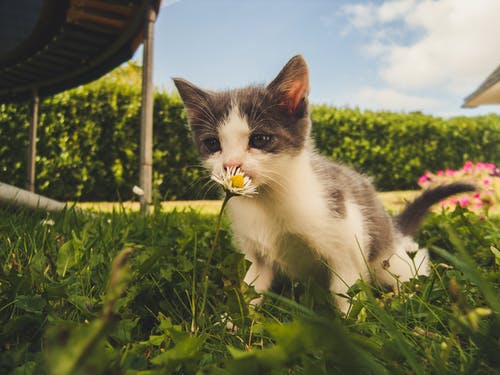Spaying or neutering is ordinarily pet owners’ initial experience with surgery. Impaired canines and felines usually require instant surgical treatment, another reason animal owners contemplate surgery. All surgical and anesthetic treatments have the potential for complications. There’s always a probability the wound won’t close effectively and might open once more instead of healing. Understanding these complications can allow you to look after your pet properly.
Complications in Pet Surgery
It’s unavoidable that complications may occur, similar to injuries. Anticipated complications consist of anything from skin inflammation to mortality. If you want your pet to be better promptly, you need to identify how to lessen possible hindrances at every phase of the process. Dental surgery is an example of a surgical procedure that usually occurs in pets. Consult your dog dentist for more detail. Here are some possible postoperative concerns that may develop with your animal.
Swelling of the Incision
One of the common problems after a laceration is swelling around the wound. Because fluid and cells compile while the body attempts to repair the wound, some modest swelling is expected. But occasionally, the swelling is excessive. The cells below the cut are removed when the deeper stitch layers no longer support the incision. If you see any severe or concerning swelling, take your animal to the specialist immediately.
Infection or Bleeding After an Incision
Some slightly bleeding or fluid discharge is anticipated throughout the first postoperative days. This may become visible if a dry paper cloth or tissue is placed over the injury. Regardless, there should be no noticeable bleeding from your canine’s incision. Put a bandage on the wound if you see any bleeding as soon as possible. It may be difficult to place a bandage on a laceration in certain areas; in such cases, it is best to supply pressure to the wound and call your veterinarian as soon as possible. Many vet websites on the internet can help you if this happens. Visit their website to learn more.
Extruding Incisional Tissue
This one may be the most awful among the possible complications of any surgical procedure. Sutures are used to close wounds and secure the boundaries of the skin together so they can get better quicker. If the sutures stop working, the hidden cells may be revealed to the outside air. This might result in life-threatening illnesses. If any tissue is seen peeking out of the wound, a clean towel must be placed over it, and a trip to the doctor or vet emergency clinic must be prepared. Procedure in an emergency is crucial.
Misplaced Stitches
If there is no redness, swelling, or drainage from the laceration, missing skin sutures are not a reason for the problem. It is not typical to substitute a missing stitch if the skin margins are still together. To avoid additional stitch loss or infection in your dog, you might require to fix the suture if the skin borders are no longer intact. You can prevent these instances by having a trustful recommended pet care plan for preventive care.
Licking or Chewing of the Surgery Area
Many stitches and wounds are contaminated when the pet licks, chews or damages them. Some pets find that having a cut creates discomfort due to the itching or irritability they sense. When an animal is in pain, it commonly tries to eliminate the pain by licking or chewing at the region. The stitches may be removed, or an infection might occur if the licking/chewing is permitted to proceed. You should reach your vet instantly if you see your animal licking at the cut.

